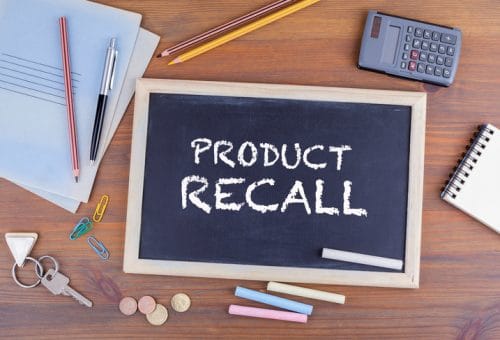Strict product liability laws may make it easier for consumers to recover when they have been hurt by a dangerous or defective product.

Every day, we use a variety of products—personal care items, food, appliances, electronics, vehicles, and more. We rely heavily on goods manufactured in the United States and around the world, many of which could put us in danger if found to be defective.
Harmful products cause injuries across California every year—resulting in fires, poisoning, broken bones, illnesses and more. If you have been harmed by a product, you may be entitled to compensation for your losses. With the help of an experienced products liability lawyer, you could recover for medical injuries, property damage, pain and suffering, future treatment, and more.
When a product causes harm to a consumer, the victim may bring a products liability case to the attention of the court. The manufacturer can be held responsible for defects in the design or manufacture of its products, or for failing to warn consumers about potential dangers associated with the product. In many states, it can be difficult to pursue these cases, as the manufacturer typically has far more resources than the average injured person. However, in California, victims of dangerous or defective products are protected by a law known as strict product liability.
California’s Strict Product Liability
Strict liability means that the plaintiff (injured party who sues) does not need to prove that the defendant (the manufacturer who is sued) was negligent. This makes the process of proving a products liability claim much less of a burden on the plaintiff, because the injured party won’t have to go through the steps of showing that the manufacturer did not do use the proper degree of care in making or designing a product or in warning consumers about its use.
To prove a products liability claim in California, a plaintiff has to show the following elements:
- The product was manufactured, sold, or distributed by the defendant;
- The product had a manufacturing defect, was defectively designed, did not have proper instructions, or failed to warn consumers about its dangers; and
- The defect or failure to warn consumers caused harm to the plaintiff.
If a plaintiff can prove these three elements, then he or she will likely win their California products liability case. Importantly, the plaintiff also has to be able to show that he or she used the product the way that it was supposed to be used — or at least how a manufacturer could have predicted consumers would use it.
Products liability cases come up in any number of ways. If a person is using a hoverboard and the battery explodes, causing a fire and injuries, then the manufacturer will likely be held responsible for their damages. But if the person using the hoverboard did something to it that caused the battery to explode — such as exposing it to prolonged heat by placing it in front of roaring fire — then the manufacturer may not be liable because it was not being used in the intended way (although the manufacturer may still be responsible for failing to warn users that the hoverboard should not be exposed to heat). If the instructions for the hoverboard warn that users should not charge the battery for more than a certain amount of time, the manufacturer may still be responsible for an exploding battery because it could predict that people would not closely monitor the length of time that a battery has been charging.
As you can see, the success of a products liability case depends on the facts of the case — how the product was made or designed, how the consumer used it, and other factors. If you have been hurt by a dangerous or defective product, you may be able to recover for your injuries. Contact the Law Offices of Larry H. Parker today at 800-333-0000 or info@larryhparker.com. Our initial consultations are always free, and we never charge a fee unless we recover money for you!



